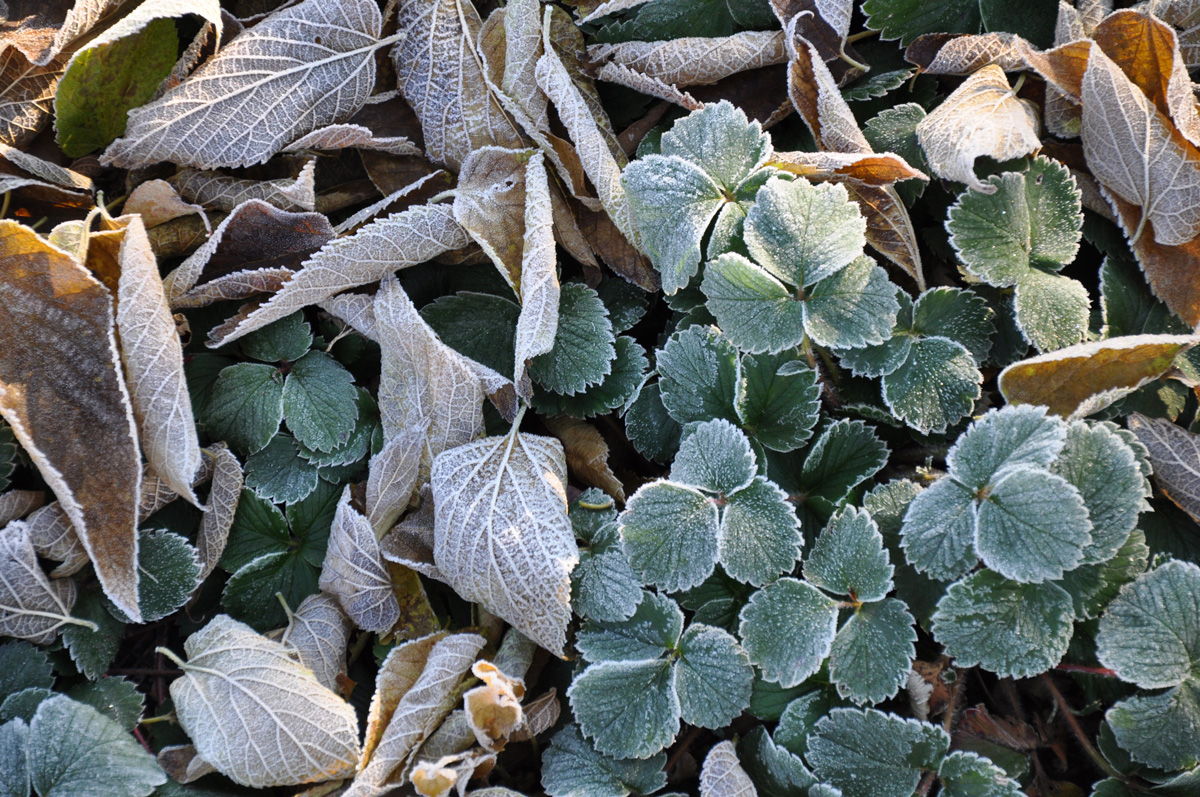Growing up as a ginger (redhead) there were several
things I learned early on we just part of living with red hair.

Besides freckles, there was the need to always wear sunscreen. This was reinforced a few weeks ago when I was on the big island of Hawaii and decided to take a hike from South Point to Papakolea Beach, the green sand beach.
I’ve
done plenty of hikes before, conquering some of Colorado’s peaks and this was a
three-mile hike so it sounded simple enough to me. I set out with my backpack
full of flip flops, swimming trunks, a towel and a bottle of water, but no sun
screen. I’ve done much longer hikes in my day and thought this would be fairly
simple.
What I had not accounted for was the latitude! I was, after all, at the southernmost
point in the United States and the sun was intense! There are no trees, and the
wind blows incessantly. In fact, if it was not for the fact the ocean was right
three on one side, the rest of the view could easily be mistaken for southern
Idaho. Red clay, grasses, and low growing shrubbery in a dry climate and basalt
rock. Oh, and it was very windy! About halfway there, I was wishing that I had
brought sunscreen.
So, you’re probably thinking
“cool travelogue man, what’s your point?” Bear with me, because it relates to
plants.
 Plants need protection from the sun too! Especially young trees. One of the
more common issues people contact me about with their trees is what I call
Southwest Winter Burn, or sunscald. This is caused by some pretty simple physics.
The easiest way to understand it is to stick a can of soda in the freezer and forget about it.
What happens is the sun is warmest in winter when it is on the southwest
horizon. As the sun’s heat warms up the tree’s trunk, sap starts flowing. Since
sap is a liquid, the sun sets, temperatures drop below freezing and the
freezing liquid expands, bursting cells and trunks. Much like that can of soda
in your freezer you forgot about.
Plants need protection from the sun too! Especially young trees. One of the
more common issues people contact me about with their trees is what I call
Southwest Winter Burn, or sunscald. This is caused by some pretty simple physics.
The easiest way to understand it is to stick a can of soda in the freezer and forget about it.
What happens is the sun is warmest in winter when it is on the southwest
horizon. As the sun’s heat warms up the tree’s trunk, sap starts flowing. Since
sap is a liquid, the sun sets, temperatures drop below freezing and the
freezing liquid expands, bursting cells and trunks. Much like that can of soda
in your freezer you forgot about. Young trees are especially prone to this. Trees with
thin bark are even more prone to this. This includes Acer (maples), Betula (birch), Fraxinus (ash), Gleditsia (honeylocust),
Malus (apples), Prunus (apricot,
cherry, peach, plum), and others.
Young trees are especially prone to this. Trees with
thin bark are even more prone to this. This includes Acer (maples), Betula (birch), Fraxinus (ash), Gleditsia (honeylocust),
Malus (apples), Prunus (apricot,
cherry, peach, plum), and others.There are a few ways to help minimize bark damage in the winter. The first method is to eliminate drought stress. If your irrigation was shut off in September or October, your tree has not had water for several months now. They are likely to be drought stressed going into the winter. Fall and winter watering is critical for tree and plant survival. This may mean you need to drag hose and water with municipal water. Just don’t forget to disconnect the hose from the faucet once you are done watering. Usually once a month with temperatures above 45˚ you should be taking the hose out and allowing the water to soak deeply into the soil. Turn the hose on a low trickle in the morning and shut it off before the sun sets. If it is windy where you live, you need to water more frequently. Evergreens suffering from drought stress will show brown tips. Just like me on my three-mile hike on a sunny, windy trail, trees in these situations will need more water.
The next two things involve sunscreen. Although not like lotion or SPF factors, trees and plants need protection from the sun in one of two ways:
1. Apply a one to one diluted white interior latex based paint to the trunk.
2. Wrap the tree with tree
wrap available at most nursery or landscape garden centers. If you do this, be
sure to remove the wrapping in the spring. Trees breathe through “lenticels” on the
trunk. Trunks also need to expand as they grow. The other thing that you risk if
you forget to remove the wrap is that it makes a great place for disease, decay,
insects, fungus and other unwanted things to live along the trunk of the tree
you are trying to protect.
For more information in tree
care, contact your local University
of Idaho Extension Office.







